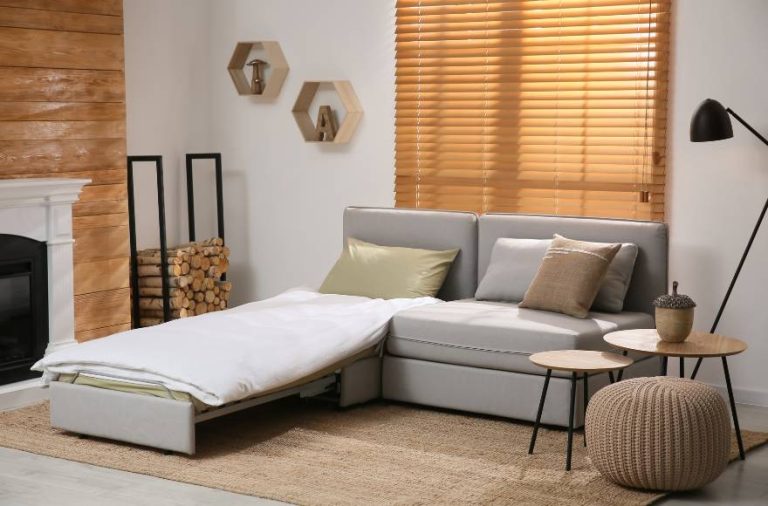How Long Should Living Room Furniture Last?
Are you tired of constantly replacing your living room furniture?
Imagine owning high-quality pieces that last a lifetime, crafted with top-notch materials and expert craftsmanship.
Learn more about how investing in durable furniture from reputable manufacturers like Living Designs Furniture in Houston can revolutionize your living space, providing lasting comfort and style.
how long should living room furniture last
Living room furniture should ideally last a lifetime if manufactured properly.
However, most furniture from standard retail outlets typically lasts around 7-15 years.
The longevity of living room furniture depends on factors like the quality of materials, construction, and maintenance.
High-quality furniture, especially when purchased directly from a reputable manufacturer like Living Designs Furniture, can last a lifetime with proper care.
Investing in top-quality furniture initially saves time and money in the long run, as these pieces are designed to withstand wear and tear for years to come.
Key Points:
- Living room furniture should ideally last a lifetime if manufactured properly.
- Standard retail furniture typically lasts around 7-15 years.
- Longevity depends on factors like materials, construction, and maintenance.
- High-quality furniture from reputable manufacturers can last a lifetime with proper care.
- Investing in top-quality furniture initially saves time and money in the long run.
- Quality pieces are designed to withstand wear and tear for years to come.
Check this out:
Factors Affecting Living Room Furniture Longevity
- When considering the lifespan of living room furniture, several factors come into play. The quality of materials and construction are crucial determinants of how long a piece will last. Furniture made from cheap materials or with subpar construction methods is more likely to wear out quickly, sometimes lasting only 7-15 years. In contrast, high-quality furniture, crafted from hardwood frames, durable fabrics, and high-density foam or springs, can last a lifetime with proper care. Regular maintenance and upkeep also play a role in prolonging the lifespan of living room furniture, ensuring that it remains in top condition for many years to come.
Importance Of Manufacturer Quality In Furniture Lifespan
The quality of the manufacturer is paramount when it comes to the lifespan of living room furniture. Purchasing directly from a reputable manufacturer like Living Designs Furniture ensures that you are getting a top-quality product that is built to last. The craftsmanship at Living Designs Furniture is celebrated for its superiority and uniqueness, making their furniture unrivaled in terms of longevity and durability. By choosing high-quality furniture from a trusted manufacturer, you are investing in pieces that will endure for years, saving you time and money in the long run.
- Quality of the manufacturer is crucial for furniture lifespan
- Purchasing from Living Designs Furniture ensures top-quality products
- Craftsmanship at Living Designs Furniture is unmatched
- Investing in high-quality furniture saves time and money
Handmade Furniture In Houston Factory
- Living Designs Furniture sets itself apart by crafting its furniture in an on-site factory located in Houston.
- Handmade furniture offers a level of artistry and attention to detail that mass-produced pieces cannot match.
- By producing furniture in-house, Living Designs Furniture ensures that each piece is meticulously crafted to meet the highest standards of quality and durability.
- Customers can be assured that the furniture they are purchasing is carefully constructed with precision and care, guaranteeing its longevity and lasting beauty in their homes.
Benefits Of In-Person Furniture Shopping
- Shopping for living room furniture in person at Living Designs Furniture offers several advantages over online shopping.
- Customers can interact with the furniture in the showroom, feeling the fabrics, testing the cushions, and evaluating the overall quality of the pieces.
- This hands-on experience enables a more informed decision-making process, ensuring customer satisfaction with their purchase.
- Personalized attention and expert guidance provided in-store aid customers in selecting pieces that match their style preferences and practical requirements, ensuring long-lasting furniture choices.
FAQ
How often do you replace living room furniture?
The frequency of replacing living room furniture varies depending on factors such as the quality of the furniture, the amount of use it gets, and personal preference. Generally, it is recommended to replace a sofa every 7 to 15 years, depending on the signs of wear and tear. If the seats start to sag, the fabric is stained and worn, or if the frame is deteriorating, it’s probably time for a new one. Being mindful of these indicators can help maintain a fresh and comfortable living room space.
It’s important to assess your living room furniture regularly and consider its condition and usage to determine when it may be time for a replacement. By being proactive and recognizing the signs of wear and tear, you can ensure that your living room remains a welcoming and stylish space. Remember that updating your furniture every decade or so can not only keep your living room looking its best but also contribute to the overall comfort and functionality of the space.
How long are couches supposed to last?
While it’s normal for signs of wear and tear to start showing on a sofa before it reaches the 7 to 15-year mark, these pieces of furniture are generally expected to last for a significant amount of time. Factors such as how well it is maintained, the quality of materials used, and how frequently it is used can all play a role in determining its longevity. Therefore, it’s not uncommon for a well-loved sofa to exhibit some wear and tear earlier than expected.
Despite the expected signs of use that may appear before the 7 to 15-year timeframe, a properly cared for and good quality sofa can still provide comfort and functionality for a substantial period. Regular maintenance, such as fluffing cushions, cleaning spills promptly, and avoiding excessive weight or stress on the sofa, can help extend its lifespan. By taking these steps, you can ensure that your sofa remains a comfortable and stylish piece in your home for many years to come.
How long is living room furniture good for?
The lifespan of living room furniture, such as sofas, sectionals, chaises, and armchairs, typically ranges from 7 to 15 years before they may require replacement. This estimate is more applicable if the furniture was acquired from conventional retail stores. However, factors like quality of materials, usage frequency, and maintenance practices can influence the longevity of these pieces.
How often should you redo your living room?
The frequency of updating your living room largely depends on personal preferences and lifestyle. For most households, a full redecoration every 3-5 years strikes a balance between keeping the space fresh and manageable in terms of time and costs. However, younger individuals in the 18-24 age group may find themselves more inclined to constantly revamp their living space, introducing new elements and experimenting with different styles more frequently.
Ultimately, the decision on when to redo your living room should be guided by your own needs and desires. Whether you enjoy frequently changing up the decor or prefer a more consistent look, it’s important to create a space that reflects your personality and feels comfortable to you. Experimenting with small updates in between major renovations can help keep your living room feeling updated and inviting without the need for a complete overhaul too often.
💡 Did You Know?
1. The average lifespan of well-maintained living room furniture is approximately 10-15 years, but certain high-quality pieces can last up to 20 years or more with proper care.
2. In ancient Egypt, furniture was often considered a symbol of wealth and status, with only the pharaoh and nobility having access to elaborate and ornate pieces for their living spaces.
3. The concept of “built-in” furniture dates back to the Middle Ages, when furniture was typically constructed directly into the walls of the room to save space and create a more permanent fixture.
4. In the 18th century, it was common practice for wealthy families to have their furniture custom-made by skilled artisans, who would often include intricate designs and carvings to showcase the family’s social standing.
5. The invention of the sofa is attributed to the ancient Greeks, who believed in the importance of comfortable seating for social gatherings and leisure activities in the living room, or “andron,” of their homes.

